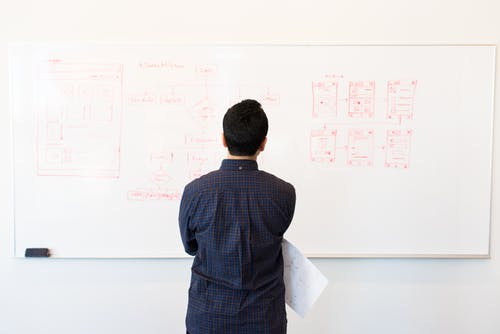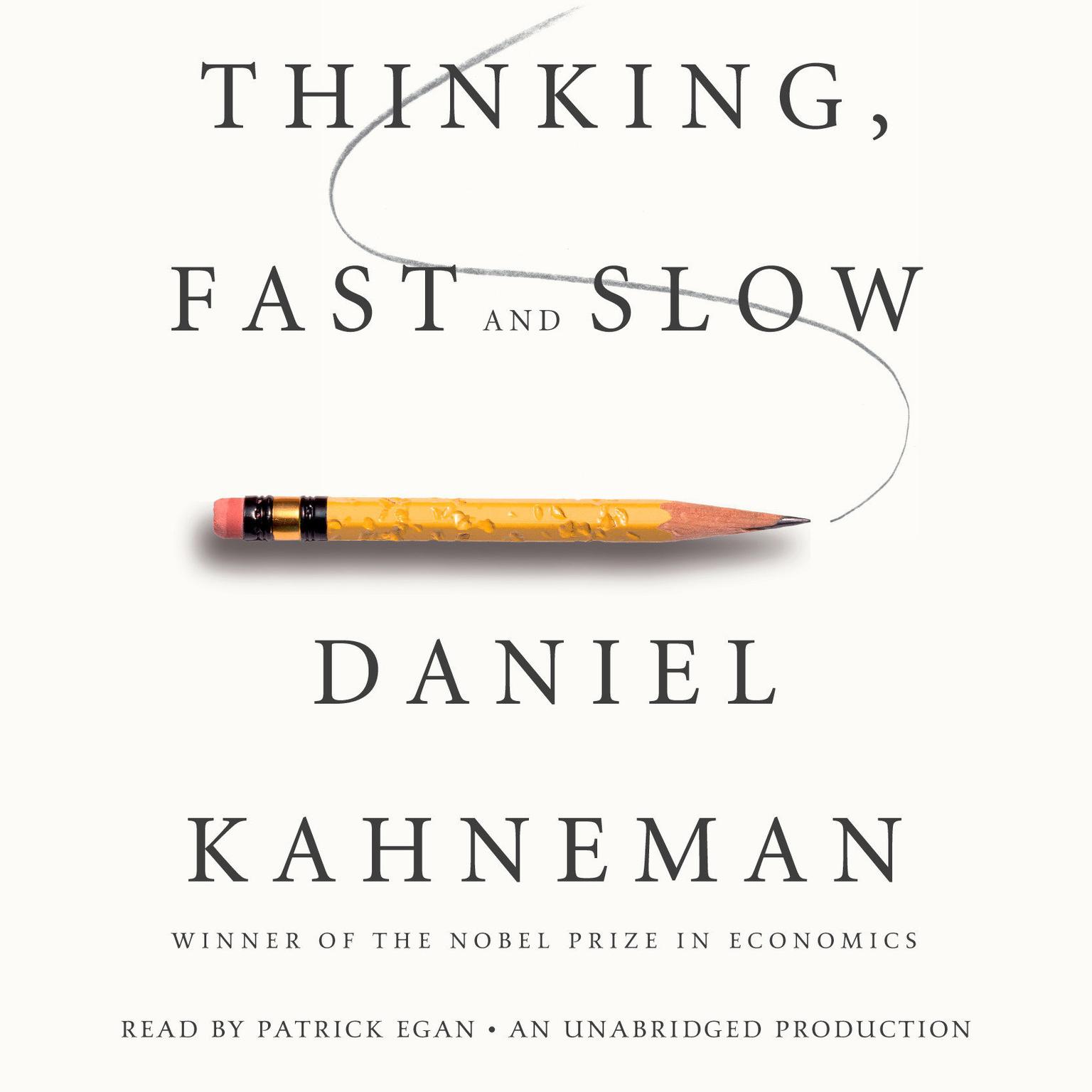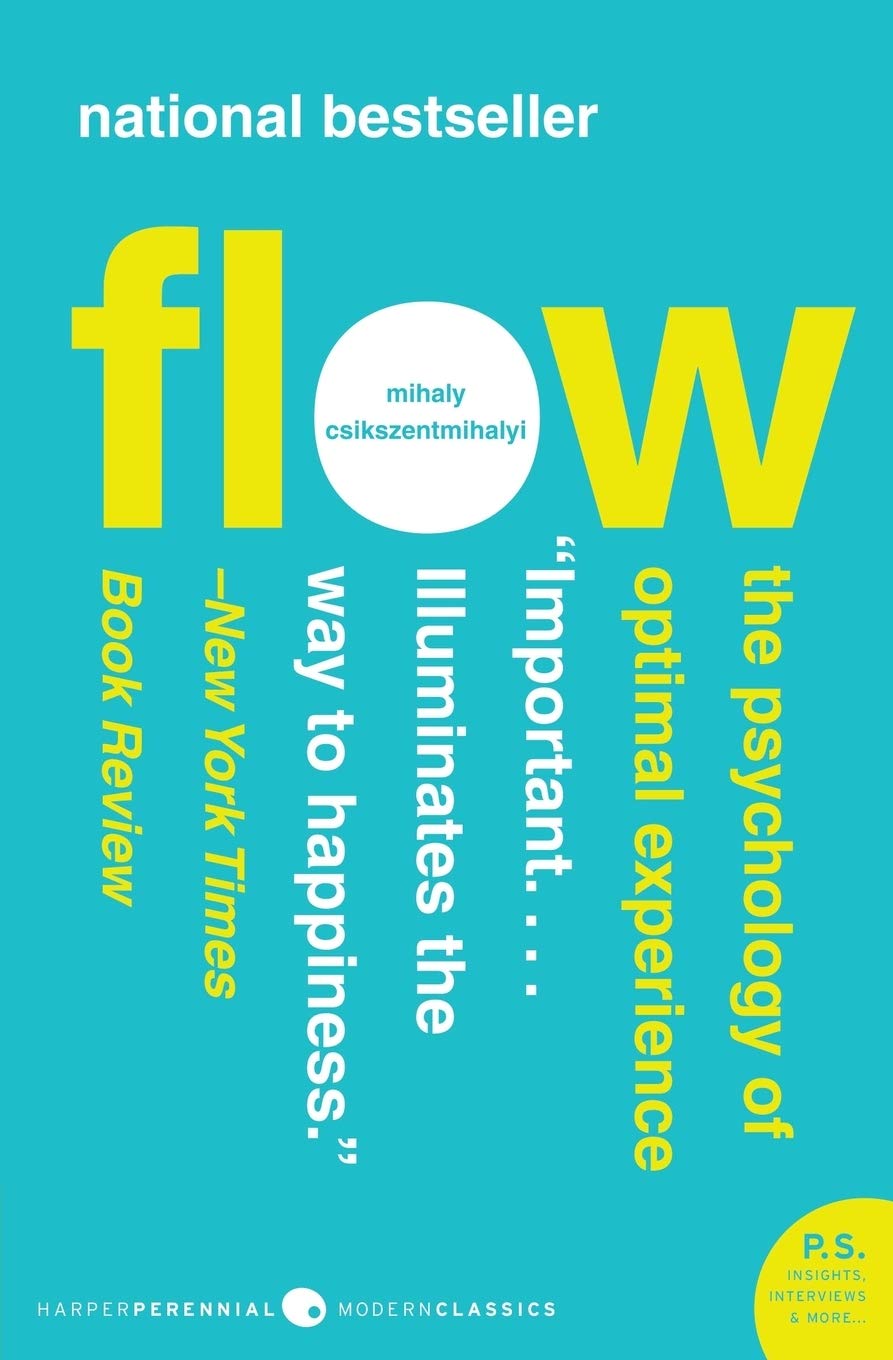
How to Make Effective Decisions Every Day
We all face an endless series of decisions throughout the day that need to be made.
Guest blog written for ThriveGlobal.com.
We all face an endless series of decisions throughout the day that need to be made. Most of those are easy since they involve relatively inconsequential events, and happen primarily on a subconscious level. However, when it comes to deciding important financial matters, serious personal interests, and family issues, making the right choice is not easy, especially without a functional strategy. If you do not have one, or would like to try a different one, here is a process that I’ve taught on Wall Street to senior equity traders for Merrill Lynch that significantly raised their profits over a three-month period.
The decision-making strategy involves using different parts of the brain and mind in a precise sequence.

The left half (or hemisphere of the cerebral cortex) thinks sequentially in words and numbers.
The left-brain analyzes and computes in binary terms, like zeros and ones, using black-and-white thinking. This side of the brain is capable of processing verbal and mathematical information at high rates of speed known as Beta. Beta is like a committee meeting taking place inside your head, with many people talking at once. The more voices you hear, and the faster they speak, the higher the Beta frequency. The high Beta can cause confusion, lack of focus, and prevents access to your right-brain.
The right-brain perceives through images, sounds, and feelings.
This verbally quiet side of the cerebral cortex is the source of our artistic abilities, imagination, and intuition. The creative right-brain perceives simultaneously in multiple dimensions of sight, sound, and sensation. It can see beyond the black-and-white thinking of the left-brain to the colors of the visible spectrum. The right-brain can hear the opposite positions or points that the left-brain can argue, as well as comprehend the important nuances in the space between.
Optimal decision making begins in the left-brain.
It starts with the processing of all the problem and relevant facts, data, and figures, identifying and weighing all the pros and cons, and making verbal arguments on behalf of the opposite positions. You also need to thoughtfully consider the dilemma and the real consequences of reaching a conclusion that turns out to be wrong or against your best interests, or those of your customers, clients, or employer.
In deciding what you will have to eat for dinner, your left-brain needs to consider all the relevant details. These include possible recipes or items on the menu, as well as where, when, how, and with whom you dine, not to mention the costs or who’s picking up the check.

After reaching a rational understanding of the problem and evaluating all the relevant details, you need to switch to your right-brain in order to gain a different perspective.
You can do this by first closing your eyes, or at least softening your gaze to a general area in front of you. Then take several slow, deep breaths until you are focused only on the sensation of your breath going in and out. After you are in your right-brain, allow your creative mind to freely explore all the possibilities. Give yourself the time to look beyond the black-and-white facts and figures to see possibilities and solutions between and beyond the different positions. These must be taken into account.
Your right-brain can help in your ultimate food selection in several ways. Take a moment to picture what looks most appealing or makes you feel your mouth water. Imagine what it would taste like, how it would satisfy your appetite, and what you would feel like after the meal.

Once you can envision several options, you should check in with your gut or sixth sense using the right brain.
This will to help you determine which ones feel right at this point, even if they do not make rational sense. Your right-brain intuition is able to know things without you rationally understanding how you know or came to know the information. If you look back on your decision making history, you will likely realize that your intuitive sense has been right most if not all of the time, often in spite of legitimate, rational arguments to the contrary.
Besides picturing the various food presentations and different tastes, you can take a moment to sense what you really feel like eating. Allow for this, even if you cannot rationally explain why you want to eat such food or justify the expense of the meal.
After gaining a subjective right-brain perspective, it’s time for you to move back into your objective left-brain.
You need to do this before you reach your final conclusion, especially when other people or institutions are involved. After your decision, you will need to be able to justify your ultimate choice based not only on the available facts and figures, but also on your experience, knowledge, and intuitive sense. In the meantime, try this strategy as you make your next important decisions at work or home.
What are you going to eat for dinner tonight? Before you decide, try this strategy. See if it helps you make the right decision—one that satisfies your appetite, at an acceptable cost or price, and make you feel good after the meal.















